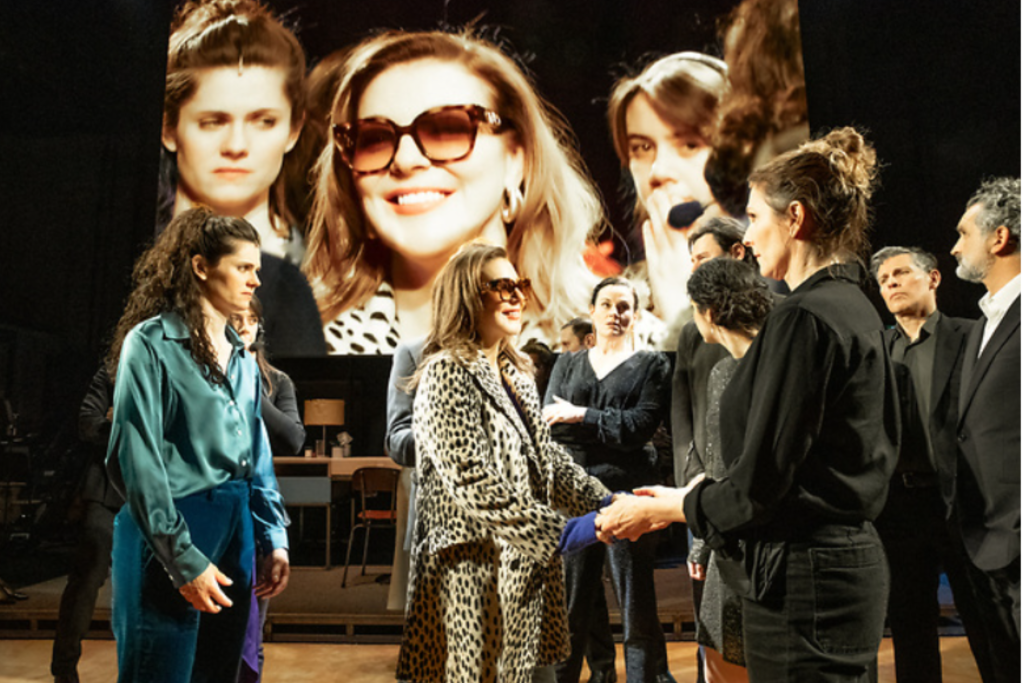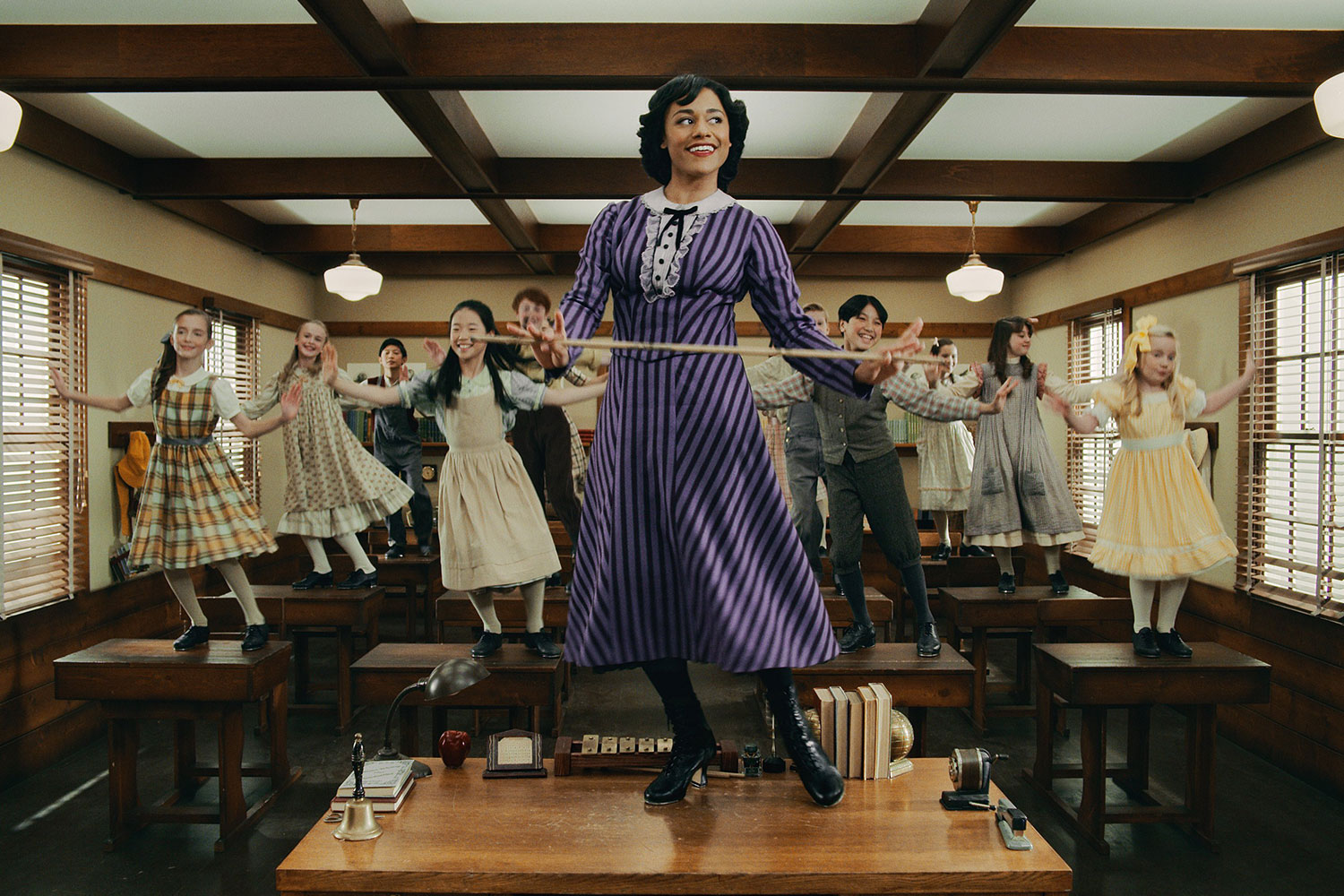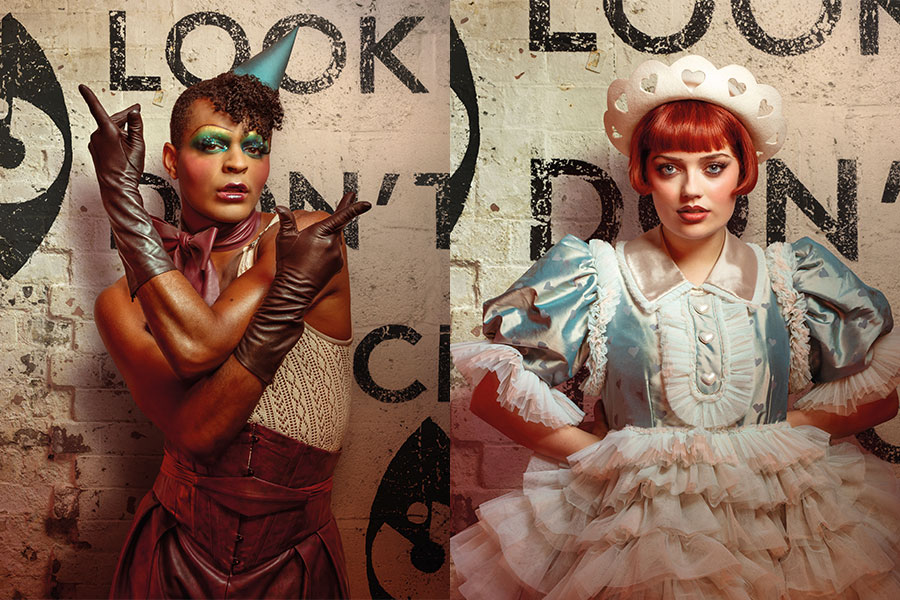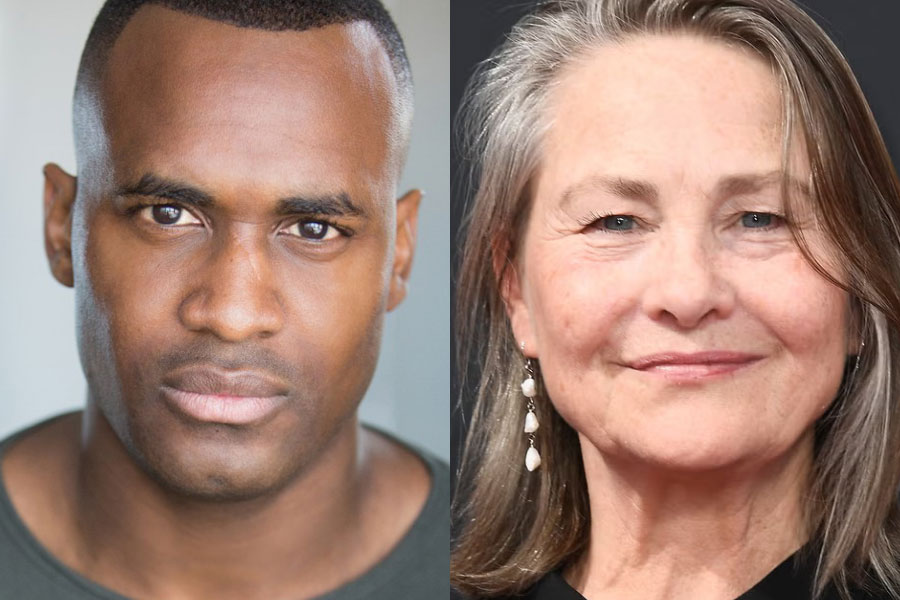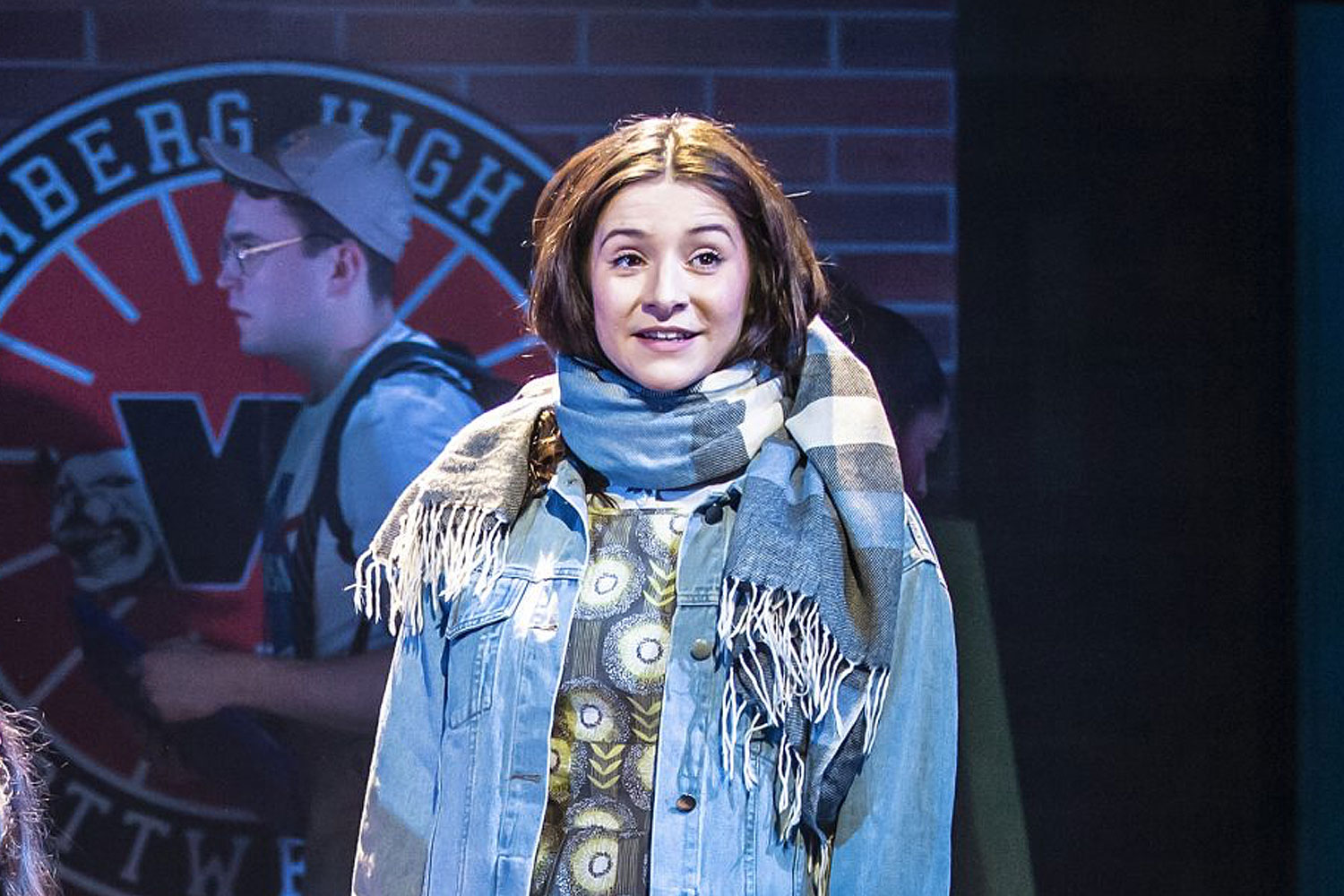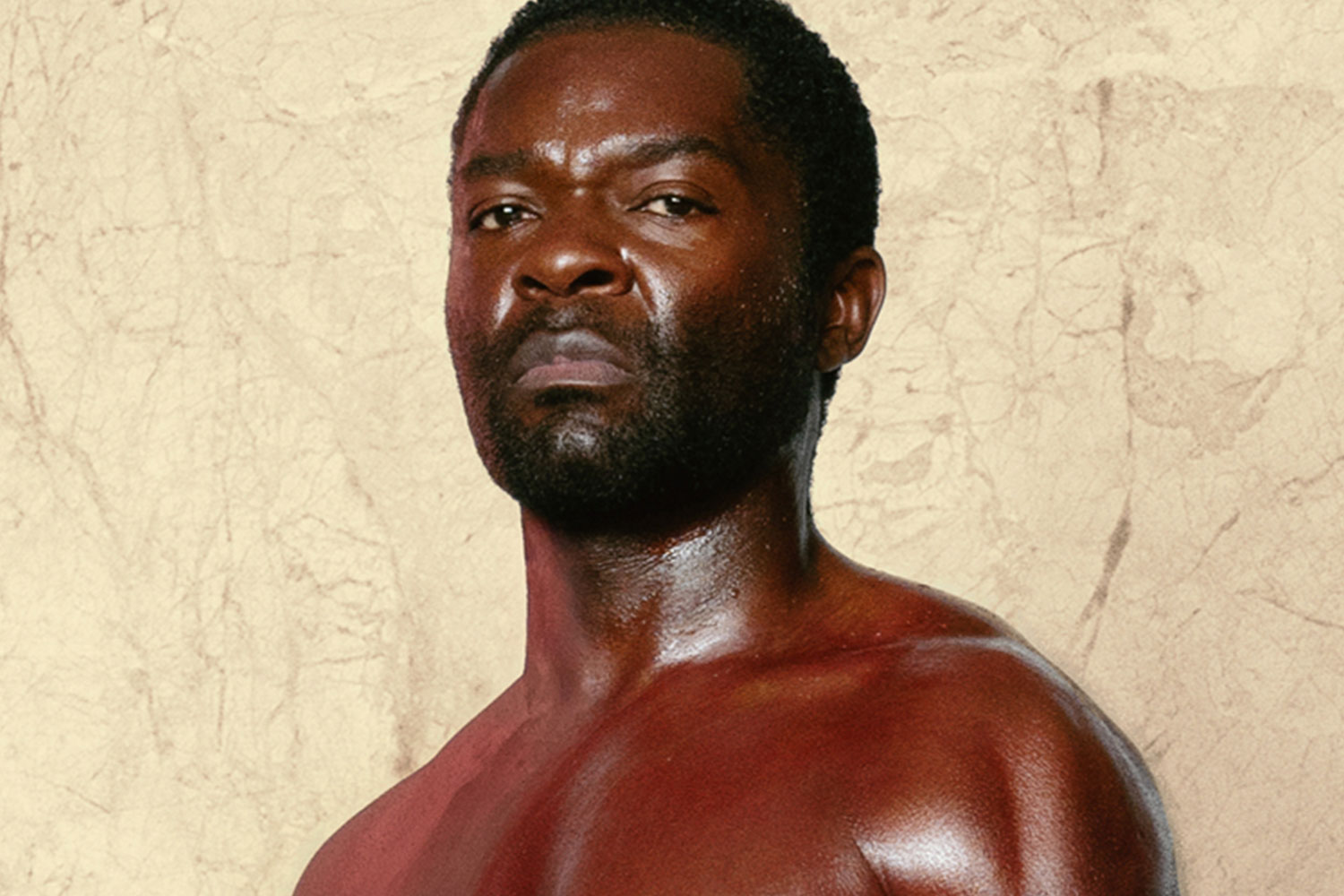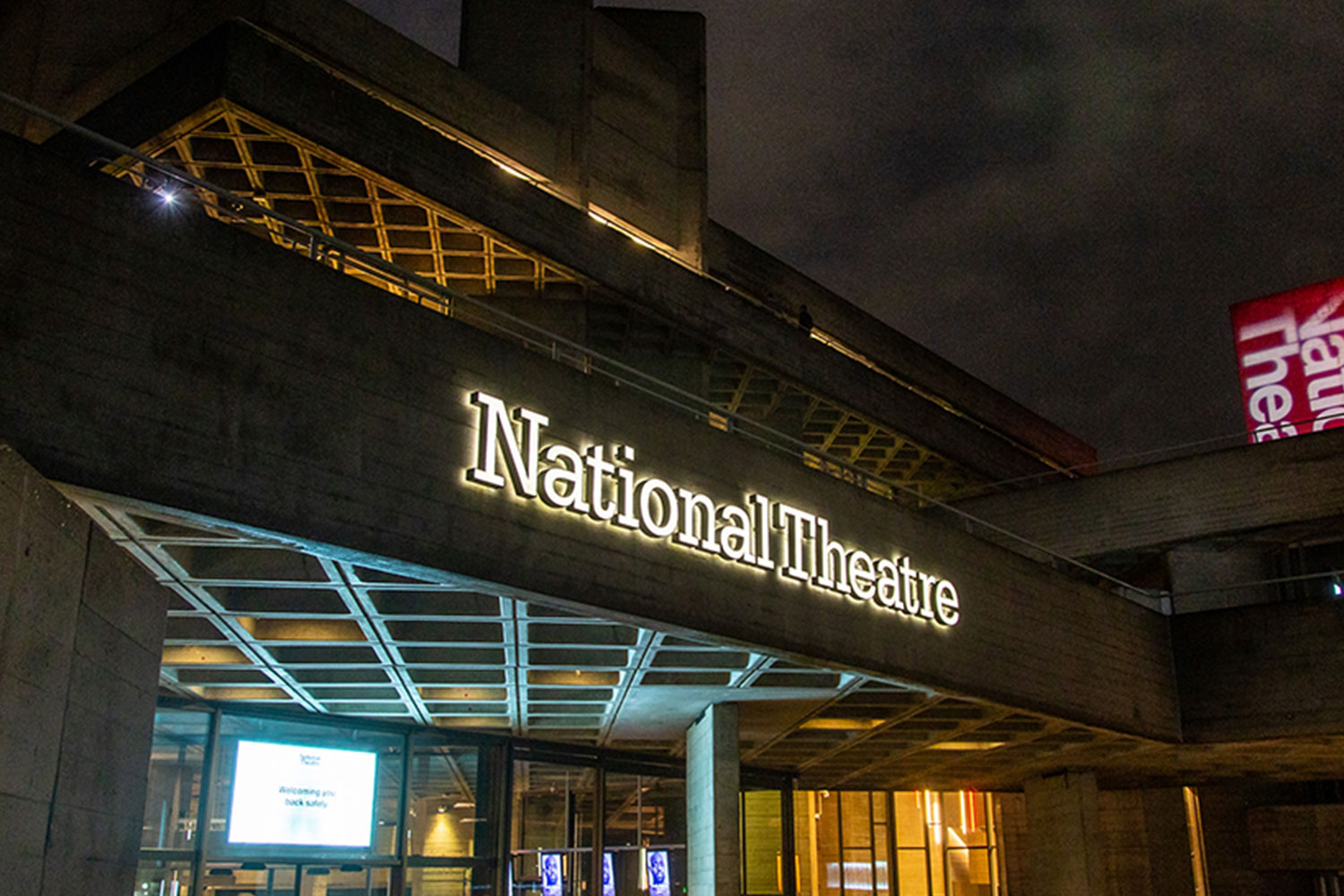Puppet Master Lee Threadgold On … Treasure Island
Lee Threadgold has been directing the puppetry in Northern Broadside’s current children’s production of Treasure Island.
Past puppetry work includes amongst others work on Heidi-a Goat’s tale with Northern Broadsides (2008), and he has been crafting the puppetry in A Christmas Carol at Stephen Joseph Theatre.
Puppet master Lee Threadgold is a busy man at the moment. Not only is he working on a production of The Elves and the Shoemaker, and A Christmas Carol, he is also pulling the strings (so to speak) on Northern Broadsides’ new children’s production of Treasure Island. Not that there are many strings attached to the puppets in Treasure Island though, according to Lee: “With Treasure Island what we’ve been looking at is object theatre really, as a lot of the characters are created using ordinary objects from around the stage. We’re looking at animating only such things as pieces of fabric, working tools, pieces of clothing, to make a living, breathing character. Some of them, obviously the pirate characters, are the same size as the humans, so we have several people creating another, sometimes quite terrifying character…” There’s a real knack to this type of puppetry, which Lee says is “all about position, sensitivity, and working very closely with one another.”
For this reason, Lee’s background as a dancer – has helped enormously in his work with puppetry, he says: “It’s a really useful connection, that body awareness and that ability to look at something and know that a slight change of an arm, or a hand, or of body position, can make a huge difference to a performance. It’s been invaluable really.”
For Treasure Island, carefully interweaving the puppetry will be important in making each of the puppets come alive for the audience: “We have to look really carefully at the transformations – how we can get it from a scene with just human characters to one where we can be a little bit more fantastical.” This transformation is essential in making Treasure Island’s use of puppetry credible, for as Lee says, “you wouldn’t want to put puppetry in as a gimmick, because otherwise it stands out like a sore thumb.”
The stage isn’t set to be entirely populated with puppets, as in the 1996 Brian Henson film Muppet Treasure Island, one famous example of puppetry used in conjunction with Robert Louis Stevenson’s swashbuckling tale. However, Northern Broadsides haven’t gone for a muppets-esque style but one more subtle, and appropriate for the atmosphere that director Adam Sunderland wants to create, as Lee explains: “Adam was very keen on a production that was pared down to its essential elements, and not having anything too constructed. It’s almost like a group of children watching their peers play, and use imagination with the things that are around them.” It is surely in this simplicity, that Treasure Island will claim its originality and success, and as Lee observes, will bring the audience together: “To see that acted out on stage is a great link between generations in the audience, because the younger audience realise it’s something they do themselves, and could do again, and they understand the process, and older members of the audience with them recognise it as something they used to do… I expect it will attract some attention!”
This sense of play and fun in Treasure Island is something else that is bound to attract attention, something that stems from the fun that Lee and the actors had in the rehearsal room: “The actual process of working on characters using objects, like garden implements or tools from a shed, sacks and bits of rope, was really enjoyable, and one that actors find real fun in. They’re often quite surprised by the results of it… We also did some really interesting things with our musician Jenny, and we looked at incorporating the way she’s playing, and the instruments themselves, into the puppetry performance. It’s been a real pleasure to work on those scenes.”
A significant part of this excitement is derived from the “magical effect” that Lee talks about, “that comes in the moment when the actors are just walking on stage with objects in their hands and then suddenly within a few heartbeats there’s another character on stage. And that character can disappear just as easily: that’s the stage illusion we’re working towards.”
This stage illusion can be rather frightening, as Lee reveals when describing the theatrical moments he is especially excited about, like the entrance of “exceptionally villainous” blind Pew: “He’s an interesting character as far as the objects we’ve use to create him go, quite terrifying actually. He has a very sinister walk and mannerisms that the three guys who are operating him have worked hard on.” Another one to keep an eye (patch) open for is one that involves Ben Gunn, “when he’s working with the double bass, which is a moment of real sadness and beauty, and compassion in that character who’s been stranded on the island for so long.”
Northern Broadsides’ show is set to be a thrilling, inventive and wonderful piece of children’s theatre, which, as Lee believes, is typical of their brilliant standard of work: “They’re a fine company of people, and they obviously work really well, close together… I think their work for young people is really exciting; they’re not afraid to take a risk and do something slightly leftfield.” If Treasure Island is set to be leftfield, then I’m most definitely looking forward to it.
– Lee Threadgold was speaking to Vicky Ellis
Treasure Island is at Stephen Joseph Theatre, Scarborough until 5 December; Lawrence Batley Theatre, Huddersfield from 8-19 December; and The Stables, Milton Keynes from 22 December to 9 January.




